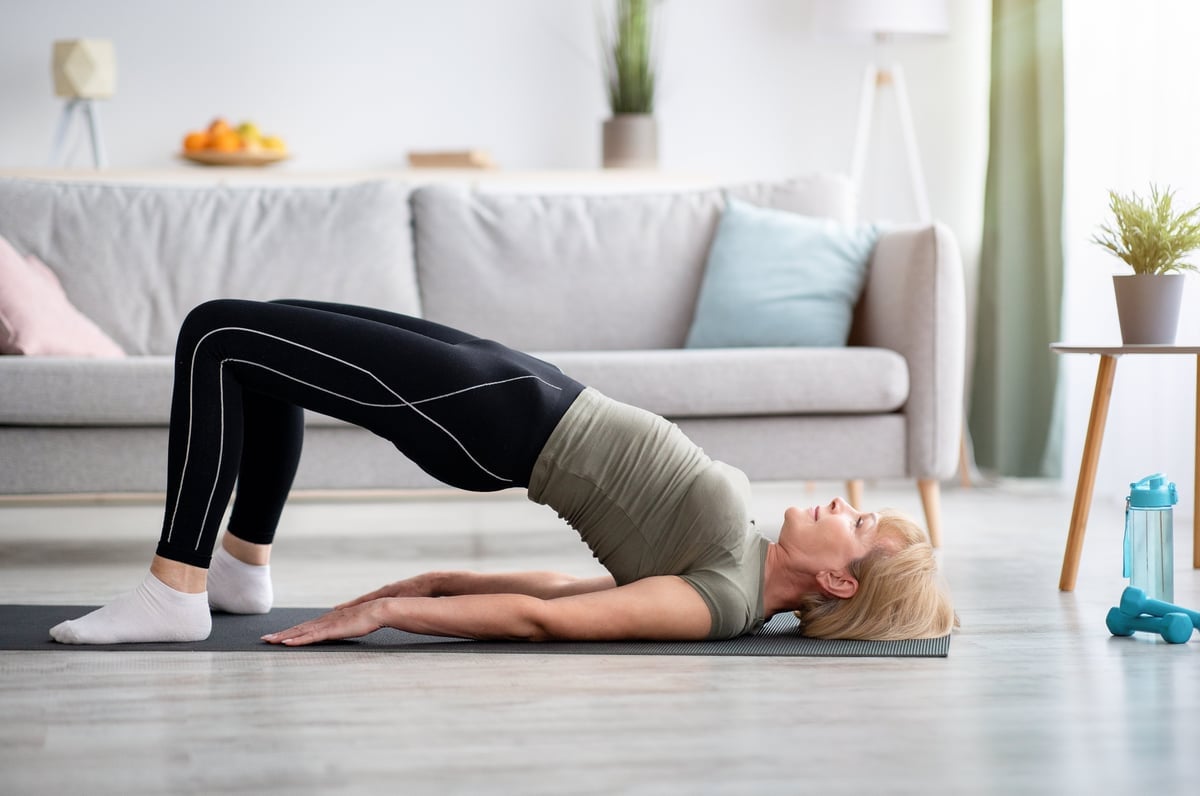
If you’ve had kids – or even if you haven’t – your pelvic floor has probably been a topic of conversation throughout your life, whether you’ve been speaking to your mum or your girlfriends.
You've likely heard horror stories of pelvic organ prolapse and eyed-off incontinence pads, wondering if you've done enough to keep pushing that day back.
You've likely panic-googled symptoms and hacks to stave off any pelvic floor problems. And that's likely led you here to this very article.
Welcome.
We're here to run through tips and debunk some of the confusing messaging around your pelvic floor so you can kegel your way into feeling a bit more comfy about what's going on in there.
So, without further ado, here's what you want to know, in one handy spot.
***
As it turns out, issues with the bladder might begin earlier than you think.
“A lot of women, even women in their early 30s, actually do have issues,” says Matilda Andersson, a women's health coach, yoga teacher and pre-and postnatal trainer with Happy Healthy You.
“I think a lot of women today think that having incontinence issues is really embarrassing because we connect it with either childbirth or as we age,” she adds.
“It’s something we struggle to reach out to practitioners about, and even to women amongst us.”


